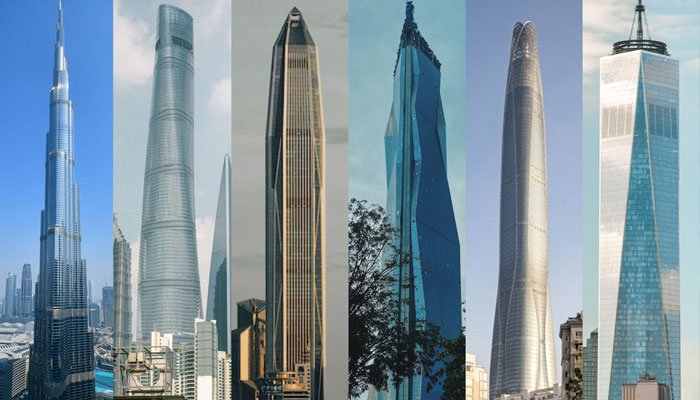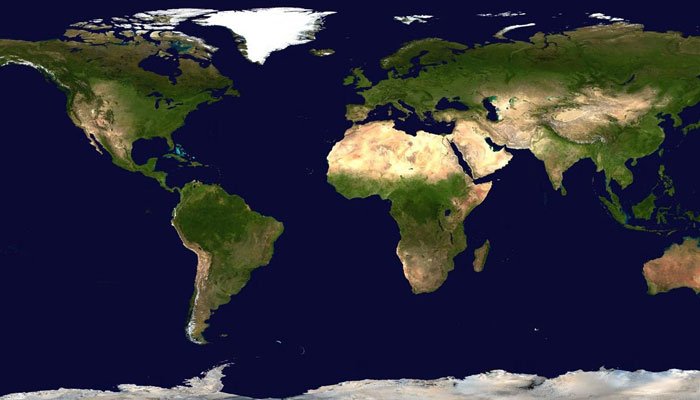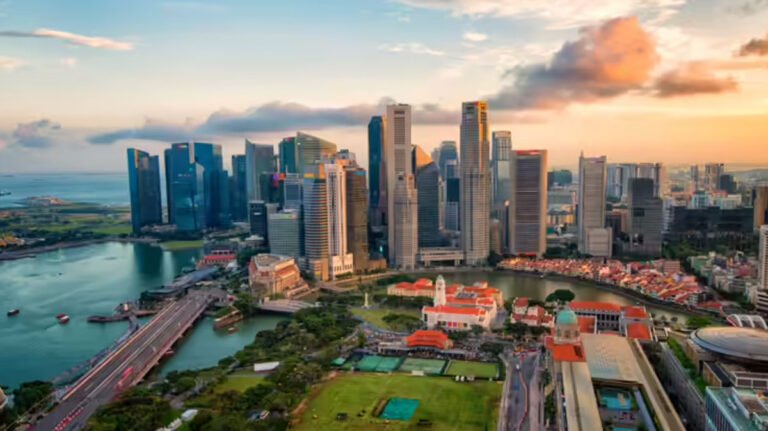Reaching for the Sky: The World’s Tallest Buildings. For centuries, humanity has been captivated by the idea of building higher and higher. From the Great Pyramid of Giza – which held the title of the tallest structure for over 3,800 years – to today’s towering skyscrapers of glass and steel, tall buildings have symbolised ambition, wealth, and national pride.
Top 10 Best Dark Sky Destinations in the World 2025. Are you a stargazing enthusiast or simply someone who loves a night sky full of stars? In a world filled with light pollution, true dark sky experiences are rare.
The modern skyscraper era began in 1885 with Chicago’s 138-foot Home Insurance Building, widely recognised as the first of its kind. Since then, engineers and architects have repeatedly broken records — first in the United States, and later across Asia and the Middle East.
In this list, we count down the seven tallest buildings in the world today, exploring their design, purpose, and the ambition behind their construction.
1. Burj Khalifa – 828 m (2,717 ft)
Dubai, United Arab Emirates (2010)

Since its completion in 2010, the Burj Khalifa has remained the tallest building in the world — and by a significant margin. Standing at 828 metres, it soars nearly 150 metres higher than its nearest competitor, Merdeka 118.
Construction began in 2004 and topped out in 2009. The building’s design draws inspiration from Islamic architectural traditions, while its Y-shaped floor plan maximises both views and usable space. A central buttressed core provides structural support for its extraordinary height.
The Burj Khalifa features luxury residences, hotels, offices, restaurants, and the renowned At The Top observation decks. To withstand Dubai’s extreme summer temperatures, engineers equipped the structure with a specially designed cladding system and 57 elevators.
Originally named Burj Dubai, it was renamed Burj Khalifa in honour of Sheikh Khalifa bin Zayed Al Nahyan, the UAE President who extended financial support during the 2008 financial crisis.
2. Merdeka 118 – 679 m (2,227 ft)

Kuala Lumpur, Malaysia (2024)
As the newest entry on the list, Merdeka 118 officially opened in 2024 after completing construction in late 2022. Its name, “Merdeka,” meaning “independence” in Malay, reflects its proximity to Stadium Merdeka — where Malaysia declared independence in 1957.
The building rises to 678.9 metres, while its spire reaches a height of 700.9 metres above sea level. With 118 floors, it holds the distinction of being both the tallest building in Southeast Asia and the second-tallest in the world.
Inside, it hosts office spaces, luxury residences, a hotel, and observation decks. Additionally, its diamond-inspired design pays tribute to Malaysia’s multicultural heritage and showcases cutting-edge architectural techniques.
3. Shanghai Tower – 632 m (2,073 ft)

Shanghai, China (2015)
China’s tallest building is not only impressive in scale but also in innovation. The Shanghai Tower features a unique twisted design that reduces wind loads by up to 24%, giving it a distinct spiralling appearance.
Organised into nine vertical zones, the tower includes office areas, luxury hotels, cultural venues, and retail outlets. Notably, sustainability played a major role in its design. The structure incorporates double-glass curtain walls for insulation and uses wind turbines for energy generation.
At 128 stories, it houses one of the world’s highest hotels and serves as a global benchmark for environmentally conscious skyscraper design.
4. The Clock Towers – 601 m (1,972 ft)

Mecca, Saudi Arabia (2012)
Part of the King Abdulaziz Endowment Project, the Clock Towers complex stands just 300 metres from the Grand Mosque in Mecca, Islam’s holiest site. Its centrepiece, the Makkah Royal Clock Tower, reaches 601 metres — making it the tallest clock tower globally.
Each side of the tower displays a massive clock face measuring 43 by 43 metres. Above the clocks, a spire topped with a crescent brings the overall height close to 2,000 feet. Behind the clock faces, the Clock Tower Museum offers exhibits on astronomy and Islamic history.
While its construction led to the controversial demolition of the 18th-century Ajyad Fortress, the tower today serves millions of pilgrims and stands as a significant architectural landmark in the Islamic world.
5. Ping An Finance Centre – 599 m (1,966 ft)

Shenzhen, China (2017)
The Ping An Finance Centre dominates Shenzhen’s skyline at nearly 600 metres. Built as the headquarters of Ping An Insurance Group, the tower includes offices, retail outlets, a hotel, and a high-end conference centre.
One of its standout features is Free Sky, an observation deck located on the 116th floor at a height of 562.5 metres. At the time of its completion, it held the record for the world’s highest observation deck.
In addition to its height, the tower reflects the rapid economic growth and architectural ambition of modern China.
6. Lotte World Tower – 555 m (1,819 ft)

Seoul, South Korea (2017)
As South Korea’s tallest structure, the Lotte World Tower rises with elegance. Its gently tapered silhouette, inspired by traditional Korean ceramics, combines cultural heritage with futuristic aesthetics.
The tower features 123 floors above ground and includes a luxury hotel, offices, a concert hall, retail zones, and even an aquarium. Among its many attractions is the Sky Bridge Tour, where visitors can walk across a bridge at 541 metres. It also offers the world’s highest glass-floored observation deck with panoramic views of Seoul.
Through a blend of engineering innovation and cultural expression, the tower has become a central hub for commerce and tourism in South Korea.
7. One World Trade Center – 541 m (1,776 ft)

New York City, United States (2014)
One World Trade Center, the tallest building in the Western Hemisphere, is both a symbol of resilience and a modern engineering marvel. Its height of 1,776 feet intentionally references the year the United States declared independence.
Located on the site of the original Twin Towers, the building was completed in 2014 as part of the World Trade Center’s redevelopment. It includes 94 floors above ground and five below, offering office space, an observation deck, and broadcasting facilities.
More than just a skyscraper, One World Trade Center stands as a global icon — combining safety, symbolism, and striking design to honour the memory of the past while looking toward the future.








